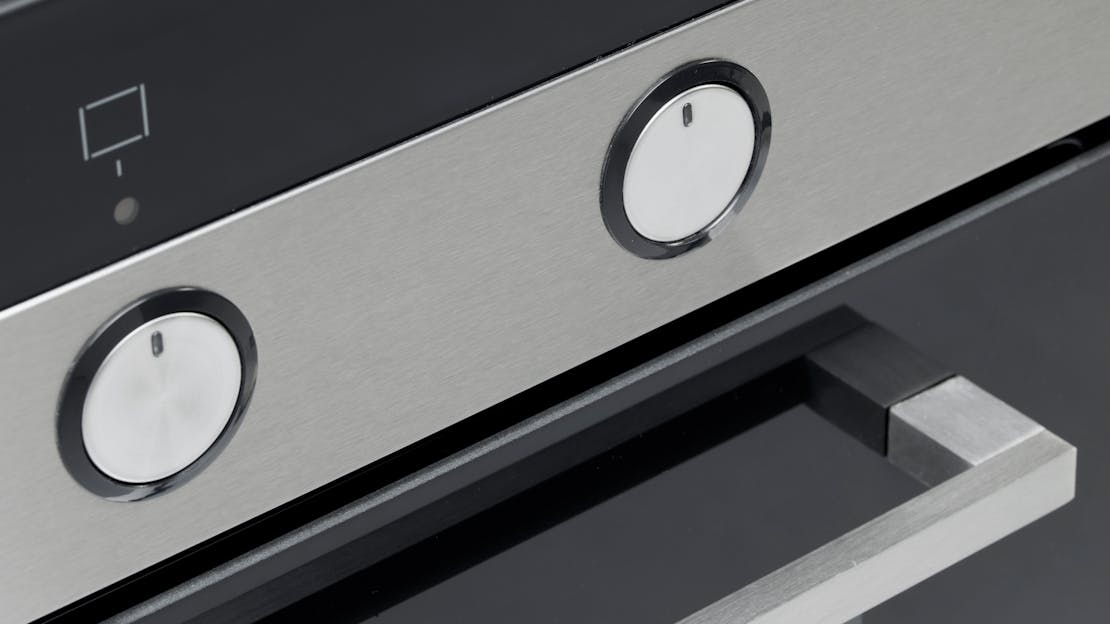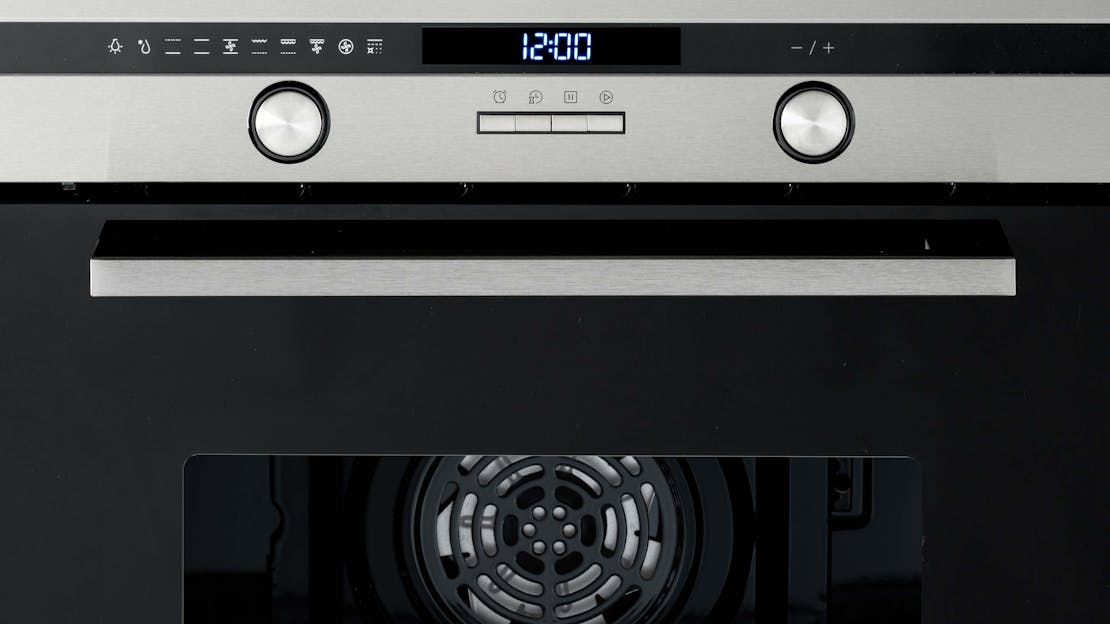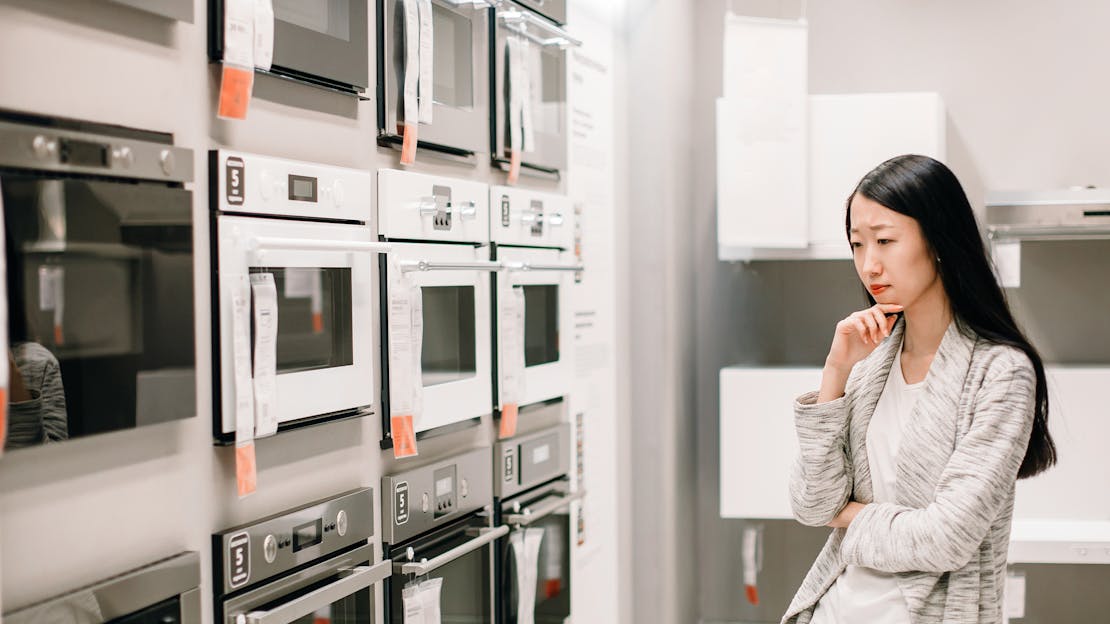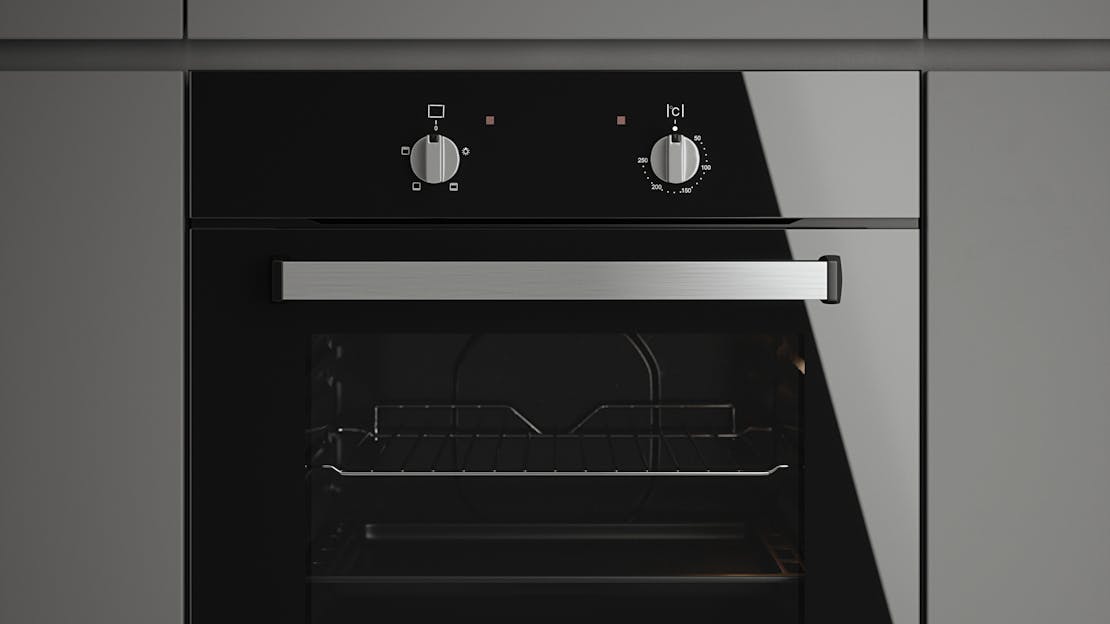
What's the difference between built-in, built-under, and freestanding ovens?
What is a built-in oven?
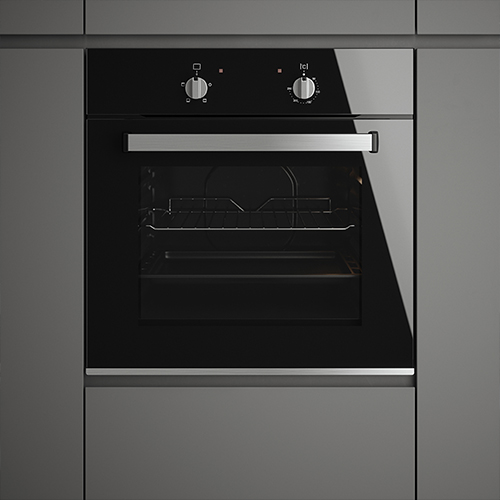
A built-in oven is a type of kitchen appliance that is designed to be installed directly into a cabinet or wall. Unlike a freestanding oven, which stands on its own and can be moved, a built-in oven is integrated into the kitchen layout and becomes a permanent fixture.
Built-in ovens come in various sizes and configurations, offering different cooking functions and features. They are typically electric ovens, although gas options are also available. These ovens provide a dedicated cooking space for baking, roasting, grilling, and other culinary tasks.
Can a built-in oven be built under?
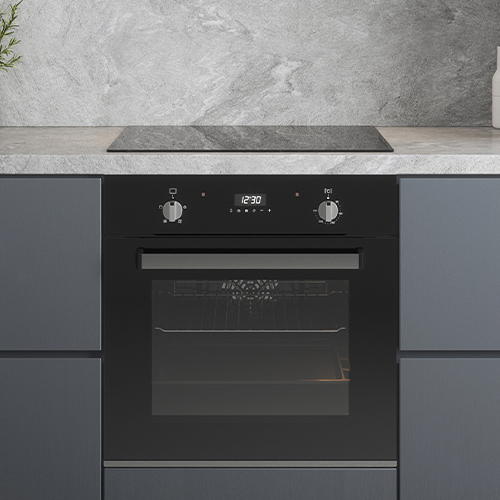
Yes, a built-in oven can be installed under a countertop or work surface. This type of installation is commonly referred to as an "under-counter" or "under-bench" configuration. In this setup, the oven is positioned in a lower cabinet or a specially designed oven housing unit.
Can you install a built-in oven yourself?
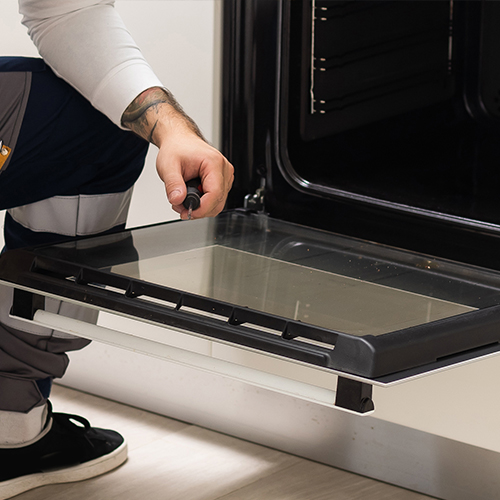
We often receive inquiries about installing built-in ovens, and one common question pertains to the installation of gas ovens. It's important to note that for gas ovens, it is a legal requirement to have them fitted by a Gas Safe Engineer.
In the case of electric ovens, you may consider installing it yourself to avoid installation costs. However, unless you are a qualified electrician, we strongly recommend opting for professional installation. If you do choose to handle the installation on your own and feel confident in your abilities, please refrain from lifting the oven alone and exercise extreme caution throughout the process.
Where should I put my built-in oven?
The placement of your built-in oven will depend on various factors such as kitchen layout, personal preference, and practicality. Here are some common options for the placement of a built-in oven:
- At Eye Level: Installing the oven at eye level is a popular choice as it provides easy accessibility and avoids the need for bending or stooping while using the oven. This placement is convenient for monitoring cooking progress and inserting or removing dishes. Eye-level ovens are typically installed within a wall cabinet or in a dedicated oven tower.
- Under the Counter: Another option is to place the oven below the countertop. This arrangement is often chosen when the oven is paired with a separate cooktop installed above the countertop. Under-counter placement allows for efficient use of space and creates a cohesive look in the kitchen. It is important to ensure that the oven is properly supported within the lower cabinet and has adequate ventilation.
- Within a Kitchen Island: If you have a kitchen island, you can integrate the built-in oven into the island structure. This placement can create a focal point in the kitchen and provide a convenient cooking station within the island. It is essential to consider proper ventilation and sufficient countertop space for food preparation near the oven.
Remember to consider practical aspects such as electrical or gas connections, ventilation requirements, and compatibility with existing cabinetry when determining the placement of your built-in oven. It is recommended to consult with a kitchen designer or professional installer who can assess your kitchen layout and provide guidance on the most suitable placement option for your specific needs.
Frequently asked questions
Can I use a built-in oven without building it in?
No, built-in ovens are specifically designed to be installed into cabinetry or a wall unit and cannot be used as standalone appliances without proper installation. Unlike freestanding ovens, built-in ovens lack the necessary feet or supports for independent use on countertops or other surfaces.
What is the difference between a built-in oven and a regular oven?
The primary difference between a built-in oven and a regular oven lies in their installation and placement within the kitchen.
A built-in oven is specifically designed to be integrated into your kitchen cabinetry or wall. It becomes a permanent fixture in your kitchen layout, providing a seamless and customized appearance. Built-in ovens are typically installed at eye level or under the counter, depending on the design and user preference.
On the other hand, a regular oven, also known as a freestanding oven or range, is a standalone unit that can be placed anywhere in the kitchen. It often combines a cooktop (stovetop) and an oven in a single appliance. Regular ovens are self-supporting and can be moved or replaced relatively easily.
What's the difference between built in and integrated oven?
The terms "built-in oven" and "integrated oven" are used interchangeably and refer to the same type of oven.
How long should a built-in oven last?
The lifespan of a built-in oven can vary depending on factors such as usage, maintenance, quality of the appliance, and adherence to proper care guidelines. On average, a well-maintained built-in oven can last between 10 to 15 years or more.
However, it's important to note that this is an estimate and individual experiences may vary. Some ovens may have a shorter lifespan if they are subjected to heavy use or if there are issues with the appliance's components or build quality. Conversely, with careful use, regular maintenance, and timely repairs, some built-in ovens can exceed the average lifespan.
To maximize the lifespan of your built-in oven, consider the following maintenance tips:
- Regular Cleaning: Clean the oven regularly to prevent the build-up of food residues, grease, and stains. Follow the manufacturer's cleaning recommendations for the specific oven model.
- Proper Use: Follow the operating instructions provided by the manufacturer. Avoid excessive heat, overloading the oven, or using it for unintended purposes.
- Timely Repairs: Address any malfunction or issues promptly to prevent further damage. If you notice unusual noises, heating irregularities, or other performance issues, consult a professional technician for repairs.
- Ventilation: Ensure that the oven is properly ventilated to prevent overheating and to maintain optimal performance. Check that the oven's vents are not blocked by any objects or debris.
- Professional Maintenance: Consider scheduling periodic professional maintenance or servicing to ensure the oven's components are functioning correctly and to address any potential issues before they worsen.
It's worth noting that technological advancements and improvements in oven manufacturing may lead to longer lifespans for newer models. However, regular maintenance and care remain essential in prolonging the life of your built-in oven.
What is the difference between built-in oven and eye level oven?
The terms "built-in oven" and "eye level oven" are often used interchangeably, as they generally refer to the same type of oven. However, it's important to note that there can be a slight distinction between the two in certain contexts.
Built-in Oven: A built-in oven refers to an oven that is designed to be installed directly into cabinetry or a wall. It becomes a permanent fixture in the kitchen layout and is seamlessly integrated into the overall design. Built-in ovens can be installed at various heights, including eye level or under the counter, depending on user preference and kitchen design.
Eye Level Oven: An eye level oven specifically refers to an oven that is installed at a height that is convenient and comfortable for users to access and view the contents of the oven. In most cases, eye level ovens are built-in ovens that are installed at a height where the oven's cavity is at or near eye level, typically within a wall cabinet.
In essence, an eye level oven is a type of built-in oven that is positioned at a height that makes it easy to monitor and interact with the oven while cooking or baking. It eliminates the need for excessive bending or stooping and provides better visibility into the oven's interior.
It's worth noting that the terms "built-in oven" and "eye level oven" can be used interchangeably in many cases, as both imply an oven that is integrated into the kitchen layout and can be positioned at eye level for convenience.
Top Selling Single Electric Ovens from MyAppliances
Upgrade your kitchen with our range of ovens, including fan, multifunction, and self-cleaning options. From even heat distribution in fan ovens to versatile cooking modes in multifunction ovens and hassle-free maintenance with self cleaning ovens, we have everything to suit your cooking needs. Experience convenience and innovation in your kitchen with our oven solutions.
Oven Buying Guides - Helping you choose the right oven
Oven Buying Guides - Helping you choose the right oven
At the core of every home lies the kitchen, with the oven taking centre stage. This essential appliance is relied upon and used daily, underscoring the significance of selecting the right one. The multitude of options in terms of style, size, and functions can be daunting. To simplify the process, we have created practical guides that will help you determine precisely what to look for. By following these guides, you can confidently choose an oven that caters to your cooking needs and aligns with your lifestyle.
-
Welcome to the comprehensive guide on electric ovens! Whether you're a passionate home cook or someone who simply enjoys preparing delicious meals, this guide is here to provide you with valuable insights into the world of electric ovens.
-
A pyrolytic oven is a self-cleaning appliance that utilises high temperatures to incinerate food residue and grease, eliminating the need for manual scrubbing. During the cleaning cycle, which reaches temperatures as high as 400 to 500 degrees Celsius, the oven locks its door and converts organic matter into ash.
-
If you're after a great value, functional and practical single oven, you've certainly come to the right place. Here at MyAppliances we stock an extensive range.
-
Our double ovens will make light work of all your meals, offering a striking appearance, chunky controls and handy programmers. Want some more information? Simply check out our convenient buyers' guide below for all the details you'll need ahead of purchase.
-
When it comes to buying a new oven, the options can seem overwhelming. With over 20 different types of ovens available, each with unique features and functionalities, it can be difficult to determine which one is right for you.

